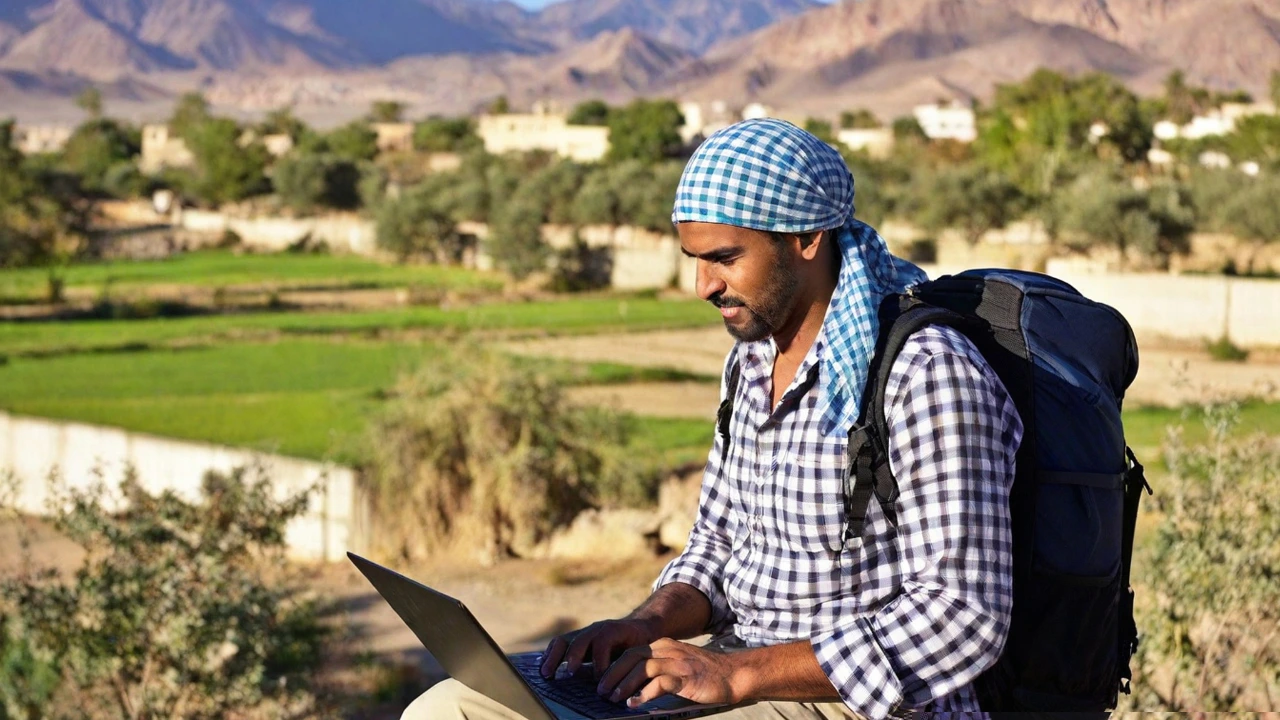India’s digital revolution has transformed industries, governance, and daily life—yet millions still struggle with unreliable or nonexistent internet access. The biggest hurdle? Last-mile connectivity, the final leg of delivering internet services to end-users, especially in rural and remote regions.
While urban centers enjoy high-speed broadband, vast parts of India face inconsistent connections, slow speeds, or no connectivity at all. This digital divide hampers education, healthcare, business growth, and government services.
So, what’s stopping India from achieving seamless last-mile connectivity? And how can businesses, policymakers, and tech providers bridge this gap? Let’s dive in.
Why Last-Mile Connectivity Matters
Last-mile connectivity is crucial because:
- Enables Digital Inclusion – Access to banking, education, and healthcare services.
- Boosts Economic Growth – Supports e-commerce, remote work, and startups.
- Improves Governance – Facilitates schemes like Direct Benefit Transfer (DBT) and online services.
Yet, despite progress under initiatives like Digital India and BharatNet, challenges persist.
Key Challenges in Last-Mile Connectivity
1. Geographic & Infrastructure Barriers
- Remote terrains (hills, forests, deserts) make laying fiber cables difficult.
- Power shortages disrupt network towers and broadband services.
2. High Deployment Costs
- Extending fiber or mobile networks to low-density areas isn’t profitable for ISPs.
- Maintenance expenses in harsh environments add to costs.
3. Policy & Regulatory Hurdles
- Right-of-way (RoW) permissions delay fiber optic deployment.
- Licensing issues and bureaucratic red tape slow down expansion.
4. Low Digital Literacy
- Even when connectivity exists, many lack the skills to use digital services effectively.
Innovative Solutions Bridging the Gap
1. Satellite Internet & Wireless Technologies
- Starlink, OneWeb, and JioSpaceFiber aim to provide high-speed internet via satellites.
- 5G Fixed Wireless Access (FWA) can bypass the need for extensive cabling.
2. Public-Private Partnerships (PPP)
- BharatNet Phase III collaborates with private players to expand rural broadband.
- Village Level Entrepreneurs (VLEs) under CSC scheme help deliver services.
3. Affordable Last-Mile Alternatives
- Wi-Fi Hotspots in villages via Gram Panchayats.
- TV White Space (TVWS) Technology repurposes unused TV frequencies for internet.
4. Mobile-First Approach
- With India’s 1.2 billion mobile users, 4G/5G can supplement fixed-line gaps.
- Jio, Airtel, and Vi are expanding rural coverage with cost-effective data plans.
The Road Ahead: What Needs to Change?
- Government Incentives – Tax breaks for ISPs serving rural areas.
- Localized Solutions – Community networks and micro-operators.
- Digital Literacy Drives – Training programs for rural users.
- Faster RoW Approvals – Single-window clearance for infrastructure projects.
Final Thoughts
Last-mile connectivity isn’t just about technology—it’s about equity. While India has made strides, a mix of policy reforms, private investments, and grassroots innovation is needed to ensure no one is left offline.
As satellite internet, 5G, and wireless tech evolve, the dream of a fully connected India inches closer to reality. The question is: How soon can we make it happen?
